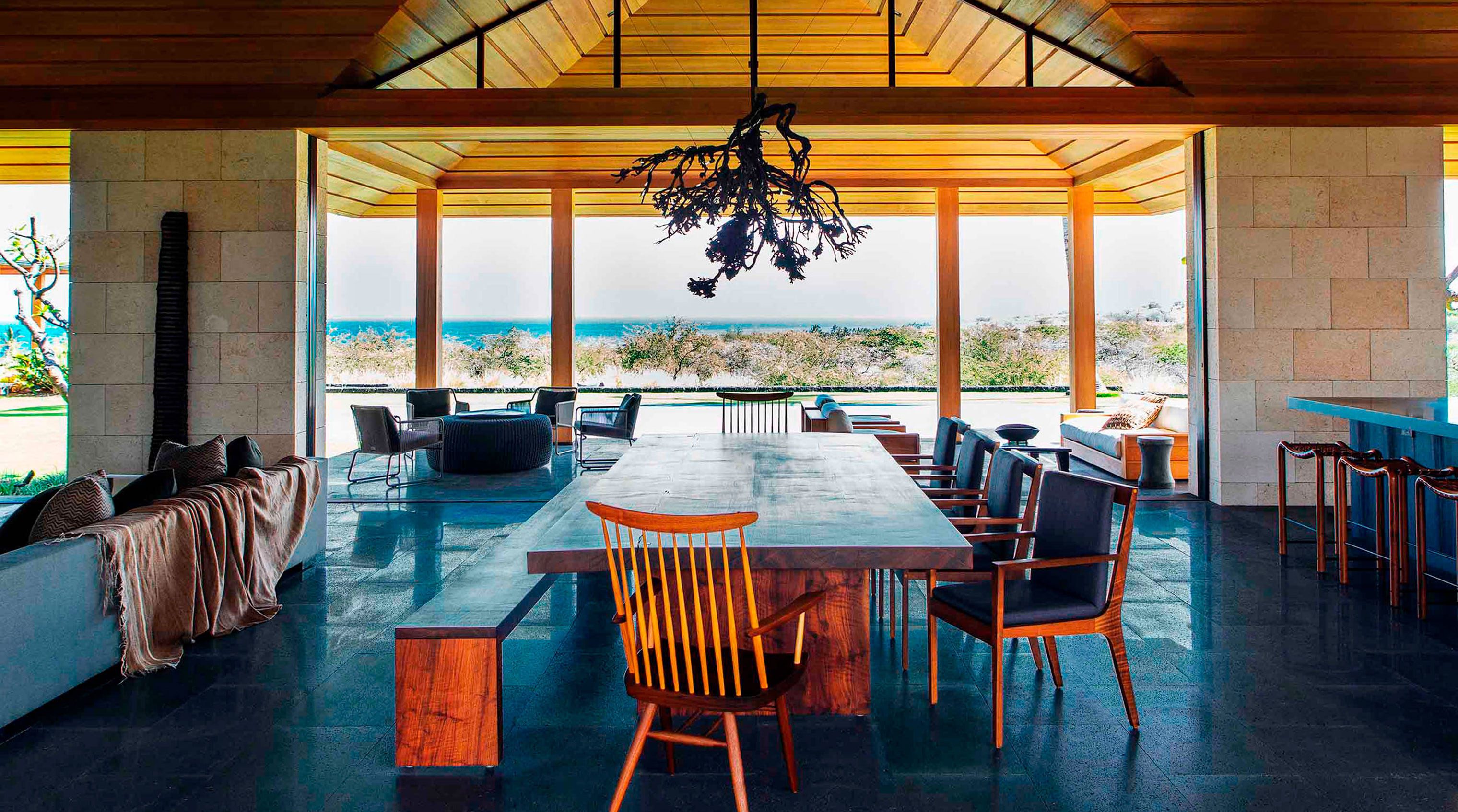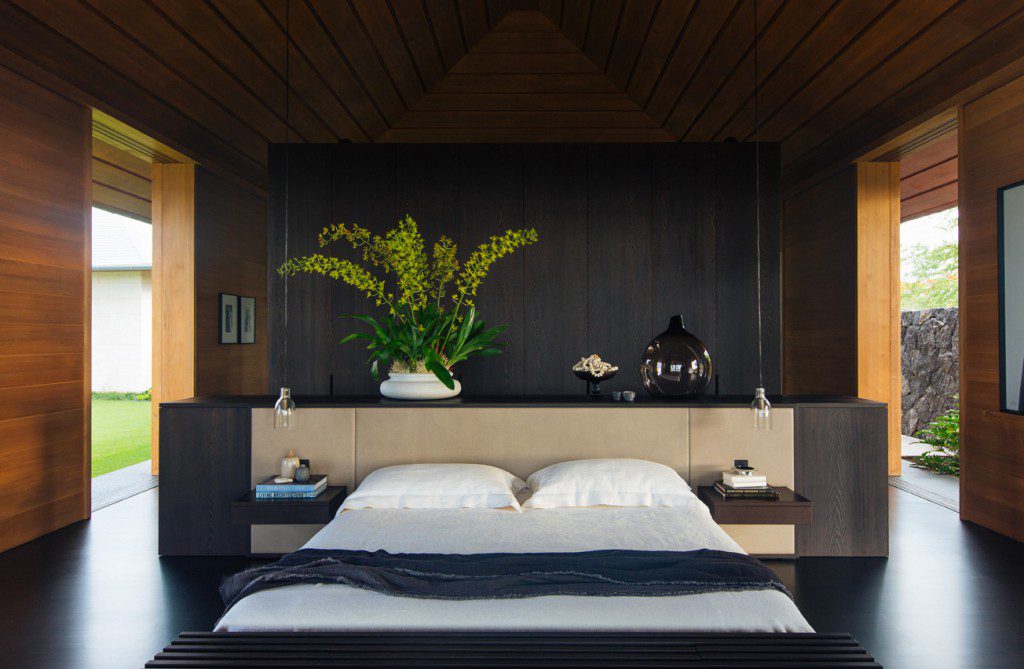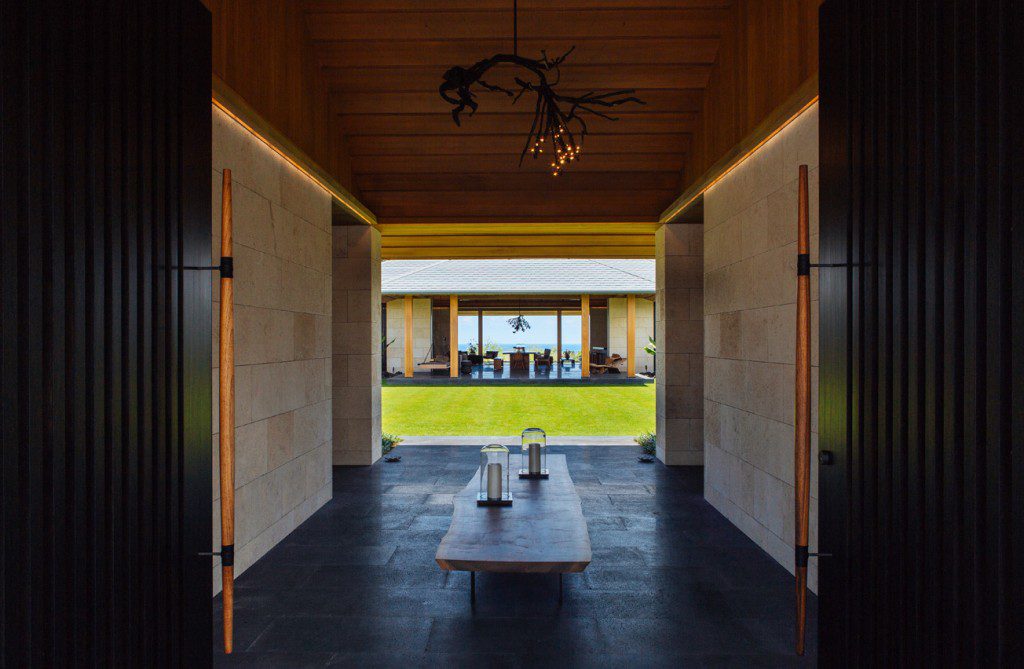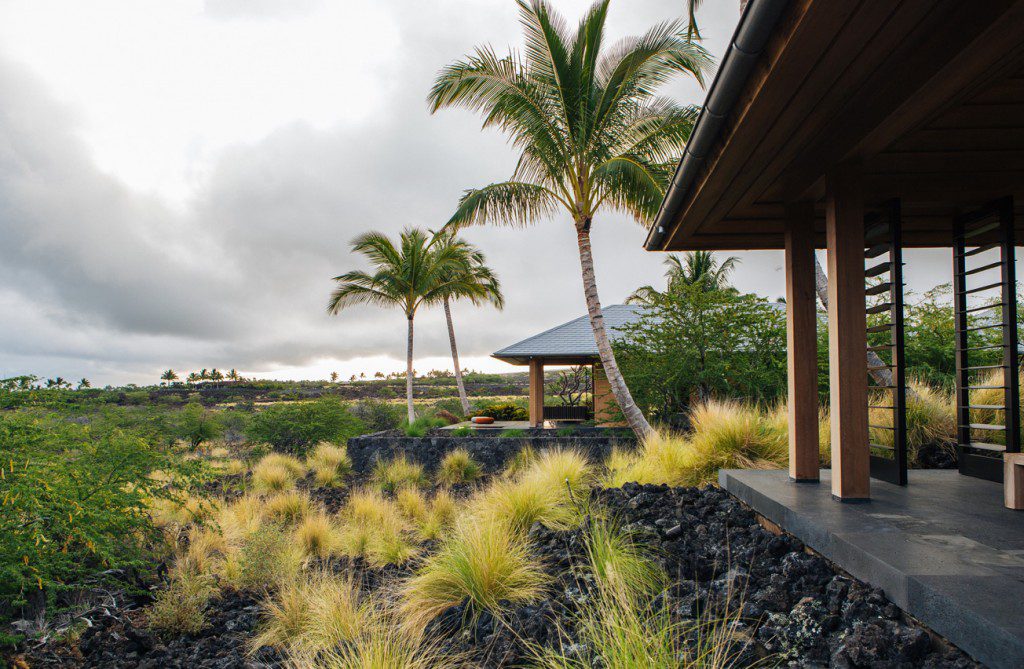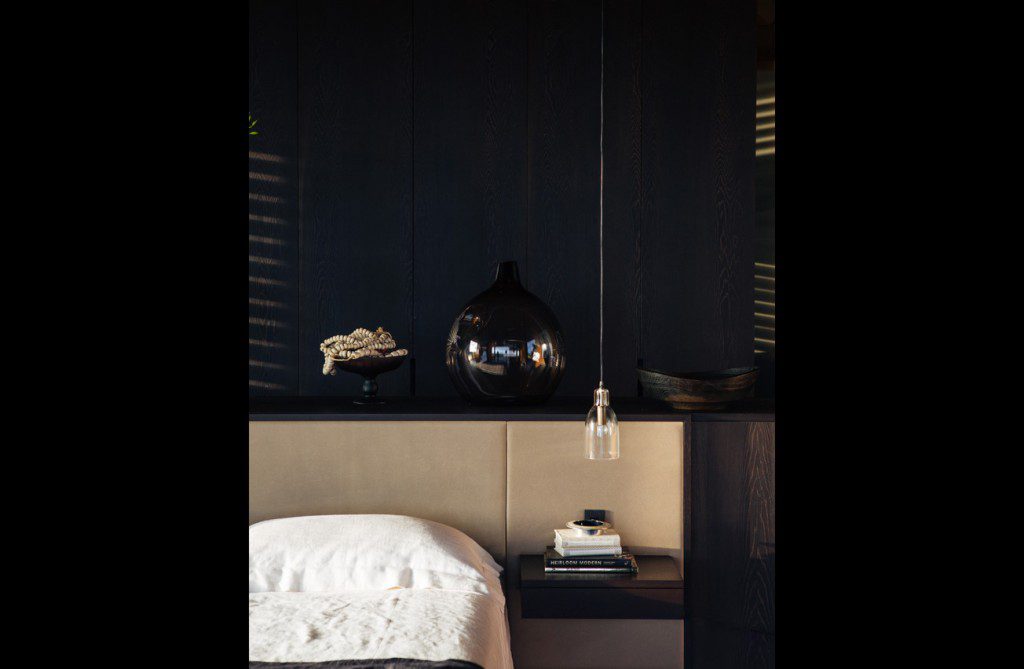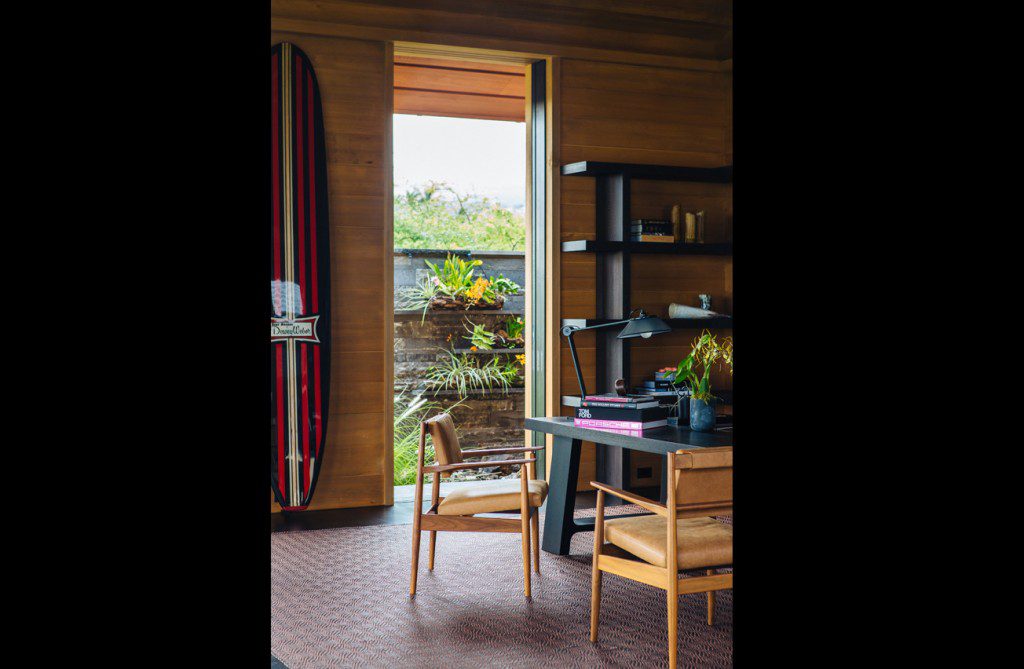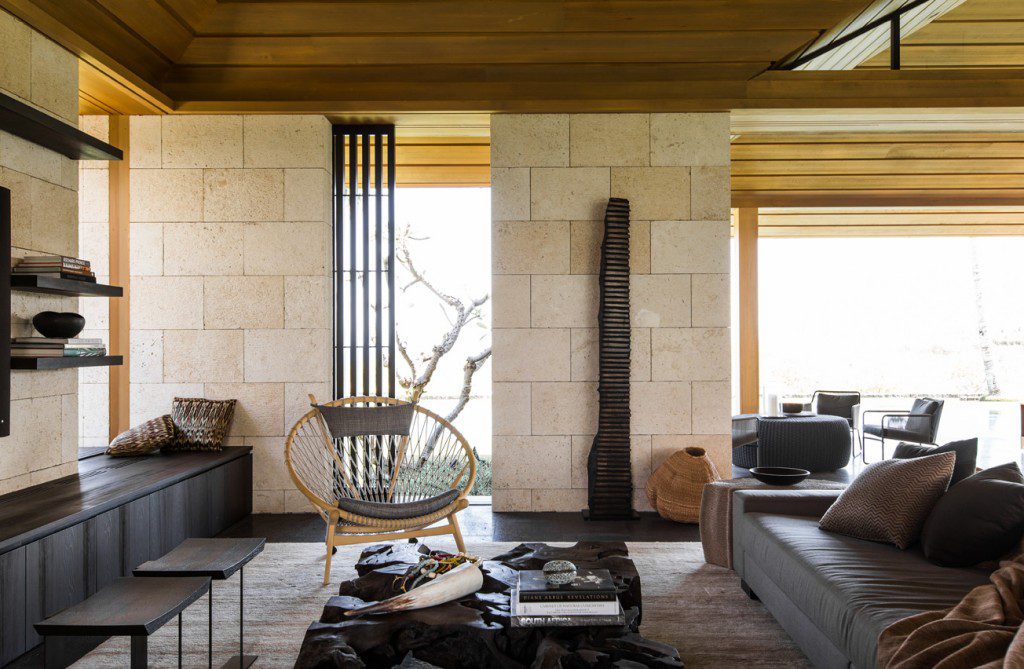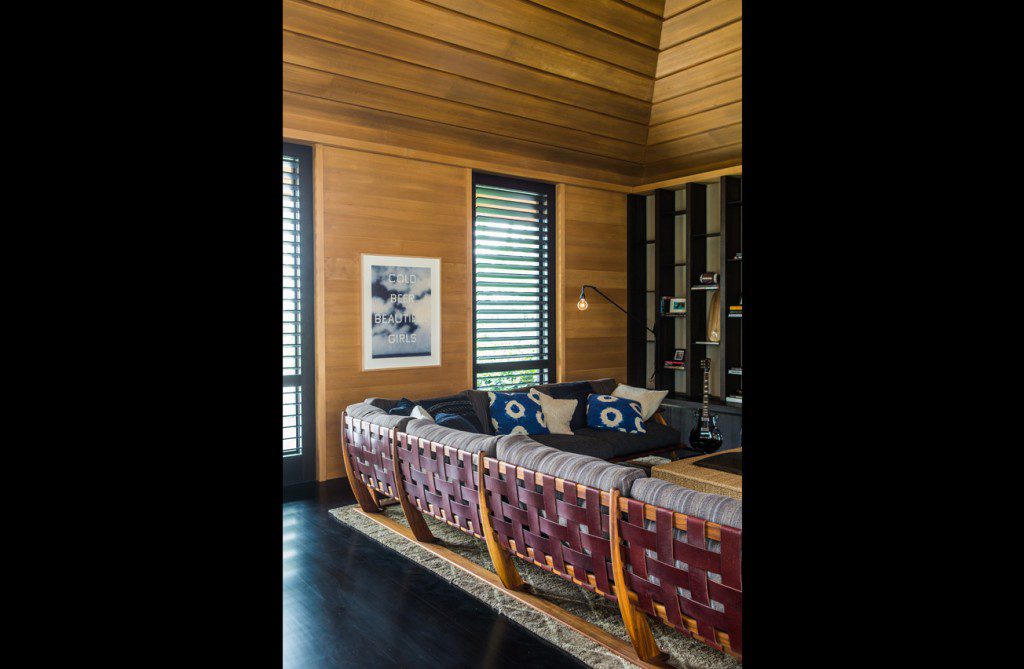The new studios of NICOLEHOLLIS perch on the top floor of a large and light filled building in the SOMA district of San Francisco, looking down over the city, possibly acting as a metaphor for the studio’s ascendence. Over the last decade, Nicole Hollis has built her portfolio, client list and eponymous brand with little regard for fitting in to the establishment. Rather, she has focused on creating emotionally resonant highly crafted residential and commercial interiors that speak to their location and their owner’s emotional intelligence.
Arriving at the studio, I’m greeted by the quiet buzz of activity as some thirty designers are engaged in measuring out the fine details of their profession. There’s a concentrated calm that leaves one somewhat reverent.
Nicole Hollis’ practice, in many ways, can be defined by a depth in which she chooses to operate. The philosophical and artistic inspirations that fuel her work are never far from the surface. Much of the work is custom and the tacit knowledge of materials and process allow for a level of detail in the work that elevates both the interior and, one can assume, the people who dwell in them.
We sat down with Nicole to discuss a recent project in Hawaii.
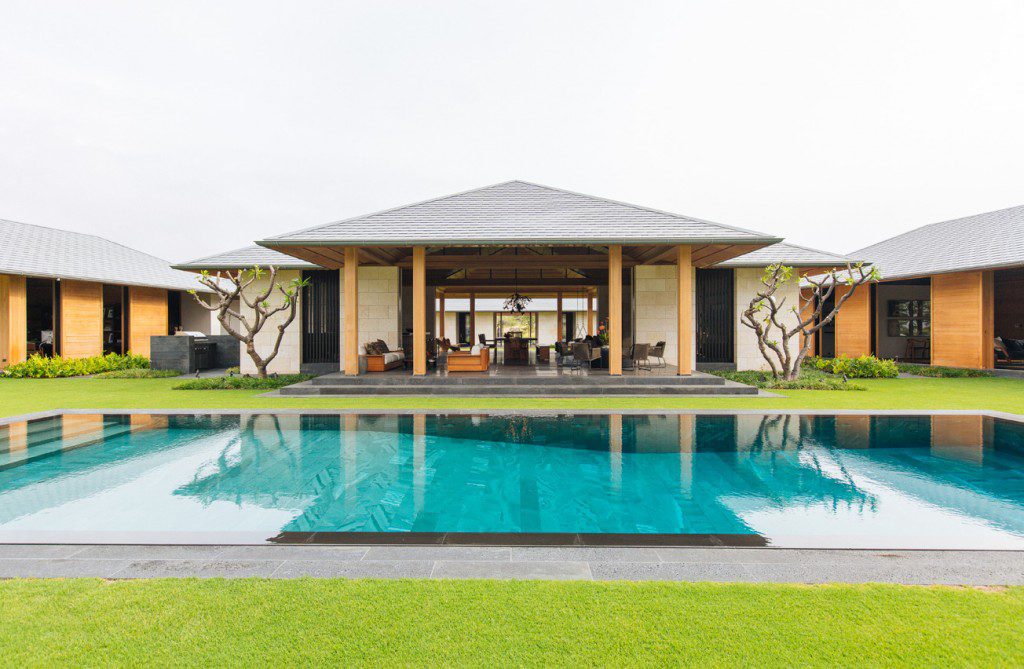
What initially attracted you to the project and inspired you to do it?
Well, it’s in Hawaii, (laughter). The project is on the Kona coast of the big island, an incredibly beautiful and rugged location. The best part was the client and the program that the client put forth, which was, “We’re not interested in doing ‘Hawaii’ style with ukuleles on the the wall.” They wanted a very modern version of Hawaii and that was for us to determine. They were kind of the dream client, very open to suggestion and interpretation and also very trusting. Once the original design direction was signed off on, we needed very few meetings. Also, the client was trained in architecture which helped in communication. For myself, the relationship is key. Sometimes you can be so busy managing the relationship that you can’t get to the work. If you’re second guessing yourself, it becomes very difficult.
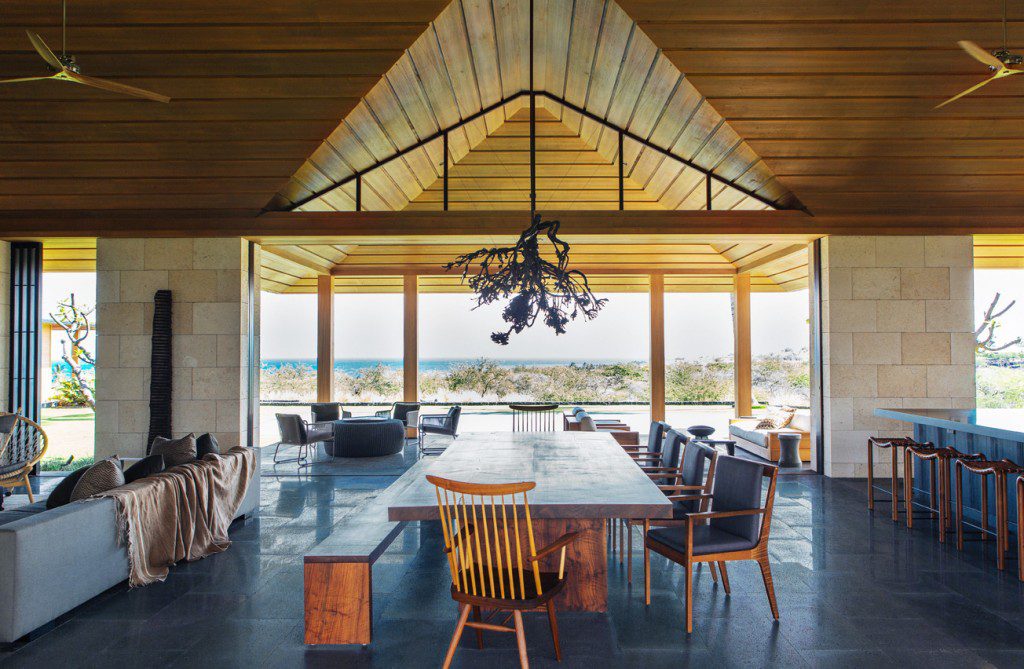
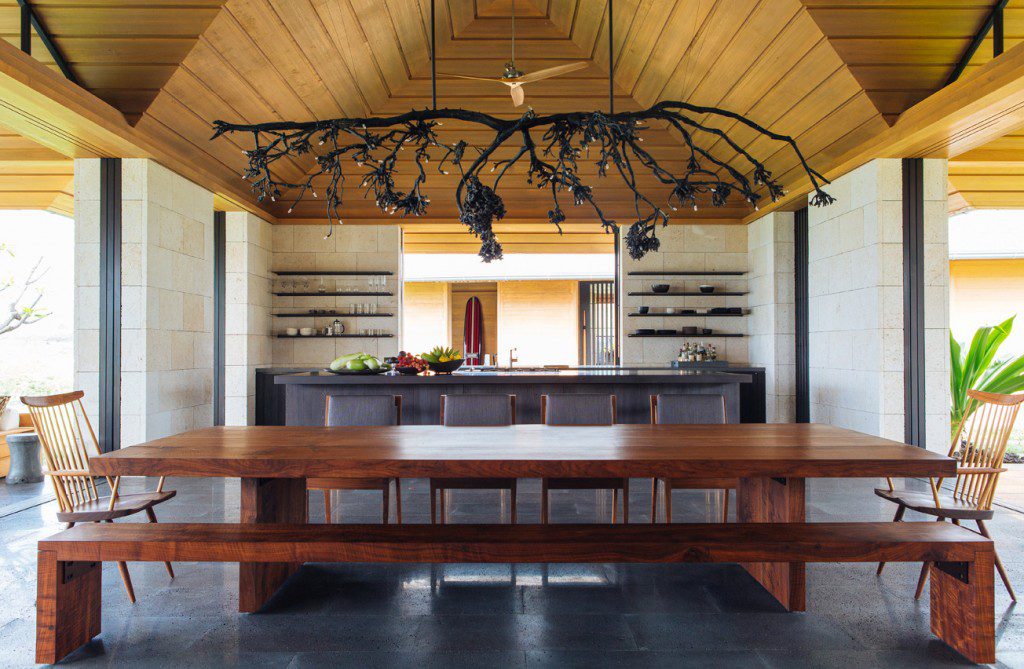
Can you share some of the more surprising outcomes that came about?
To be honest, there weren’t that many surprises, especially considering the scope of work. We worked directly with the architect on the scale and layout of the interior of all buildings and space planning, finish selection and design of all interior cabinetry and cabinet doors. All the cabinetry and the majority of the furniture and lighting were custom. We have a couple of fixtures that were bought but the bulk of the lighting was designed by our studio.
One surprise was that we did do a dining pavilion on that property, which was somewhat of a folly but it’s turned out that it has been used a lot. Also, everyone hangs out in the laundry room! It has doors to the outside and custom cabinetry makes it as appealing and considered as any other part of the property.
At what point in any given project do you start thinking of furnishings? Is it more of a finishing touch or is it integral to the whole thinking process?
From the very beginning, there’s always a thought about furniture. I use furniture as a way to understand the space. For instance, are we focusing the furniture on views. Is it more about social interaction or the level of comfort or formality. For me, it goes beyond space planning and aesthetics especially as our relationship with a client grows and we take on second or third properties.
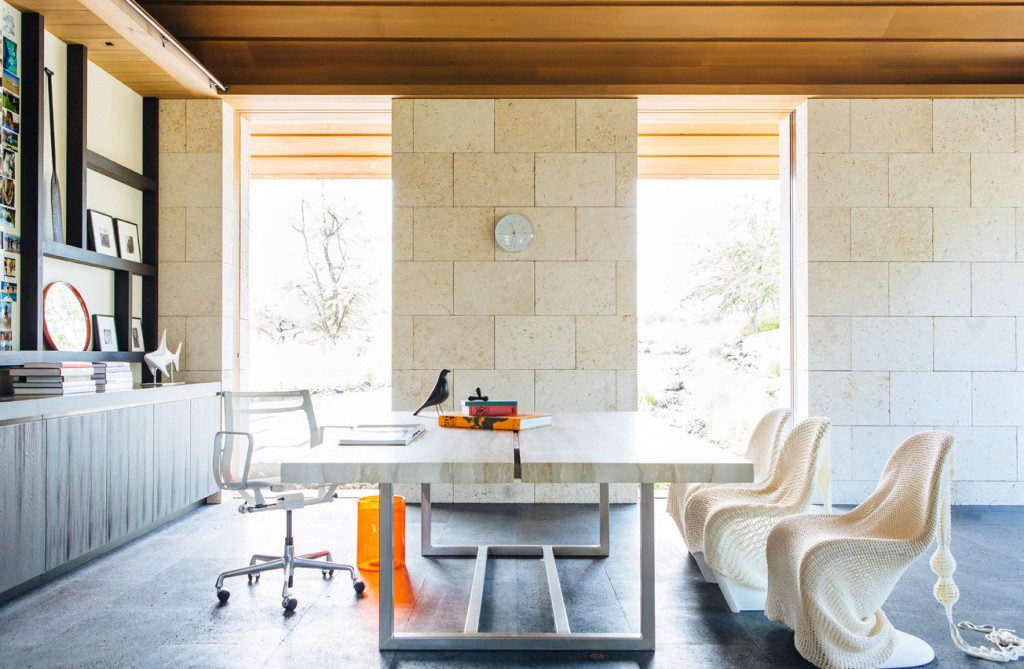
How does living in Bay Area affect your design practice and your design thinking?
For me, there’s a real sense of indoor outdoor living, which wasn’t the case growing up in Florida. Because of the heat and the air conditioning, you’re really inside or out. Here, I have a very close connection with nature which is inspiring. Also, Northern California is a very permissive place and a very entrepreneurial place. For us, that’s meant we’ve had clients who are willing to take more risk. The natural instinct is to hire someone who’s done 50 houses in Hawaii but our clients are willing to hire someone who hasn’t and trust their instincts more.
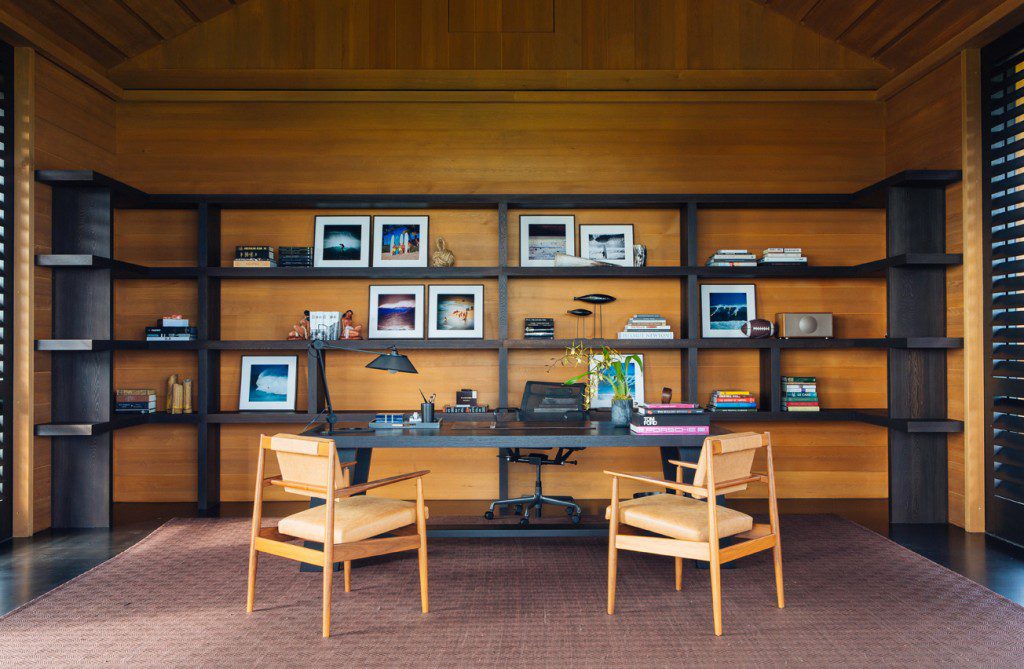
If you were to give your younger self advice in regards to a career in design, what would it be?
I would have taken more trips, travelled much more. I could have spent a year in Rome, to learn about people. All of the work that we do is so emotionally charged, if you don’t expose yourself to other cultures, to other ways of living, I think you’re limiting your perspective on what can be done. For me, the meaning of true luxury is having the time to experience life, not in a book but in a reality.
For me, traveling is hugely inspiring, I find that I’ll be much more inspired visiting an exhibition at the Tate than reading a design magazine. The other thing that I take great joy in is studio visits. I’m also very inspired by learning about the creative process. We work with some of the most talented artists and artisans in the world and touring their workshops and ateliers you see that there’s so much emotion and hard work that dictate the end result. You don’t find out about those things from looking at a finished photo in a magazine. To understand what went wrong rather than what went right in a process is often more interesting.
More work by NICOLEHOLLIS can be found at:
www.nicolehollis.com


